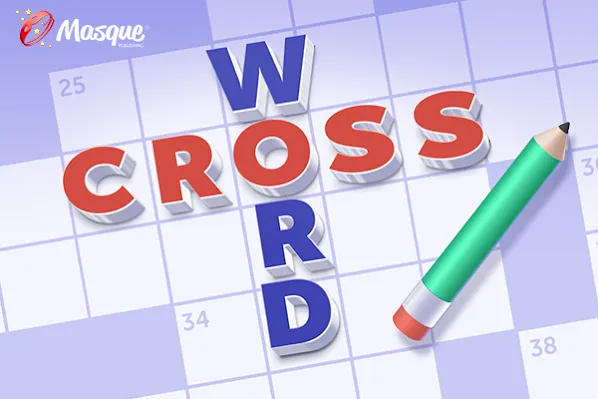Grow These Vegetables Together (Potatoes You're On Your Own!)
Put edibles that require similar amounts of water and sunlight in the same bed or container to maximize your space and streamline your tasks. Here are some classic groupings, and a few versatile solo acts.
Nightshades
Tomatoes, eggplants, and peppers are all part of the nightshade family, which also includes potatoes. They like warm weather and must be planted after the danger of frost has passed. Edge the beds with herbs that thrive in similar growing conditions, like basil and parsley.

Amy van Luijk
Potatoes
Plant seed potatoes after the soil is workable and no longer frozen in spring. To use overhead space, pair them with beans on poles or trellises.

Amy van Luijk
Three Sisters
Follow the Native American farming tradition of planting the three sisters together: Corn provides a natural stalk for the beans to climb, while the beans' roots add nitrogen to the soil. The squash creates a living mulch, shading out weeds and keeping moisture in the soil.

Amy van Luijk
Lettuces
Tuck fast-growing lettuces and other salad greens into extra pockets of space throughout a garden.

Amy van Luijk
Peas + Cucumbers
Go high: Make use of vertical space by growing peas and cucumbers up fences and trellises. Start peas as soon as you can work the soil, then add cucumbers when it has warmed up, after the last frost.

Amy van Luijk
Carrots + Radishes
Interplant (translation: mix) these two cool-temperature-loving plants together within the same row. Radishes sprout quickly, while carrots take longer -- so when you pull up the former, you'll also help thin out the latter.

Amy van Luijk
Kale + Chard
Although they come from different families (kale is a brassica; chard is in the spinach family), these leafy greens cohabitate well in the same bed, and both are easy (and quick) to grow from seed. Kale prefers cool weather, while chard is less fussy.

Amy van Luijk
Leave Room for Blooms
Plant pretty -- and edible -- calendula, marigolds, and nasturtiums among your vegetables and they will not only decorate your beds, brighten salads, and attract good bugs, but they'll also help ward off troublesome pests like nematodes, tomato hornworms, and aphids. A couple more to try: borage (the periwinkle flowers taste like cucumber) and rosemary (the buds are as tasty as the leaves).
How To Build a Trellis for Sweet Peas
Martha Stewart prepares a sweet pea flower bed complete with a homemade trellis.
Solve the daily Crossword

